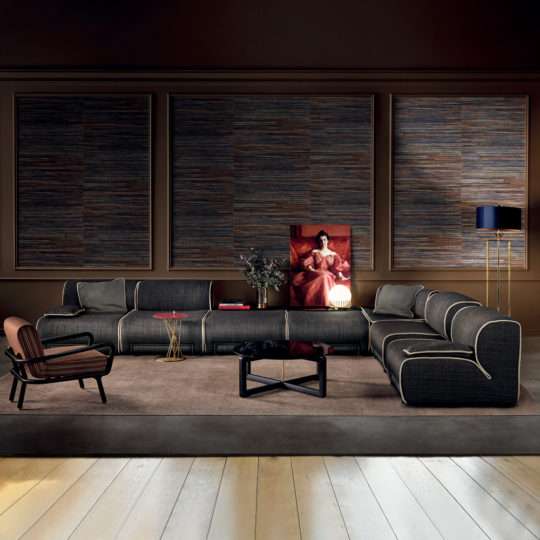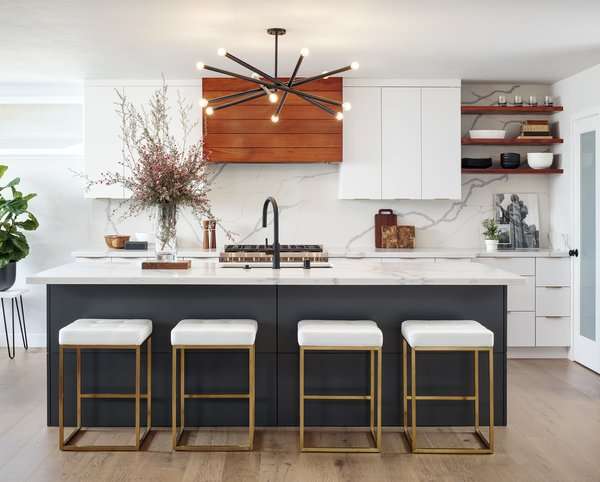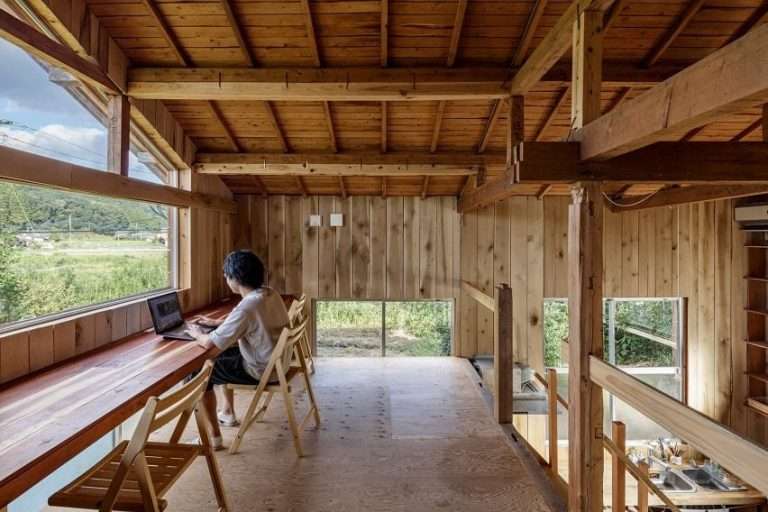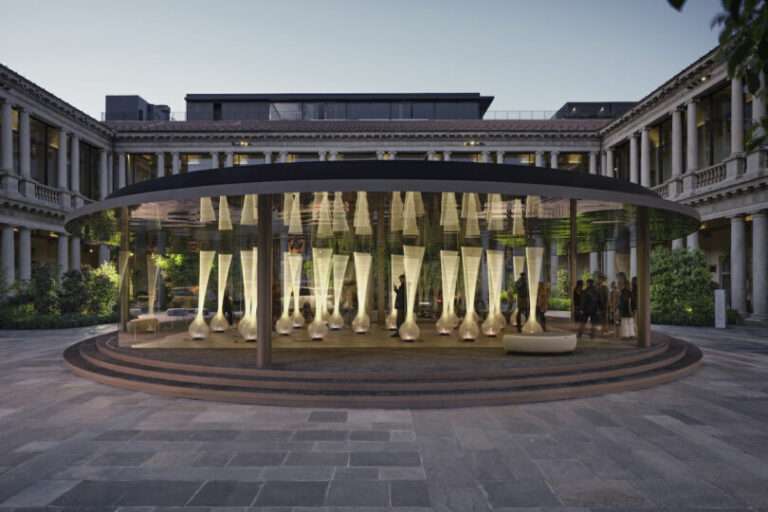When designing a luxury living room, the key to success lies not only in selecting the right sofa but also in how you incorporate occasional seating and accent chairs. These versatile pieces go beyond function, adding layers of comfort, flexibility, and visual interest to your space. Accent and occasional chairs should be used to enhance the aesthetic and functionality of a living space. Today we’re exploring the art of accent seating and how to skillfully incorporate occasional chairs into your room design like a pro.
Unlike traditional seating, which is usually designed with practicality in mind, accent chairs are often chosen for their ability to add personality, style, or a pop of colour to a room. They serve as decorative focal points that can complement or contrast the overall design of the space. Occasional chairs, are typically smaller and more lightweight, making them easy to move around as needed for extra seating or they also serve as a brilliant way to create different zones, within a room.
Both accent and occasional chairs are key components in creating stylish, flexible interiors, offering seating that can be functional without sacrificing elegance or design. Whether you’re looking to create cosy nooks for quiet moments, additional seating for guests, or zoning in a large or open-plan space, supplementary seating and feature chairs are invaluable additions to elevate both the style and practicality of your living room.
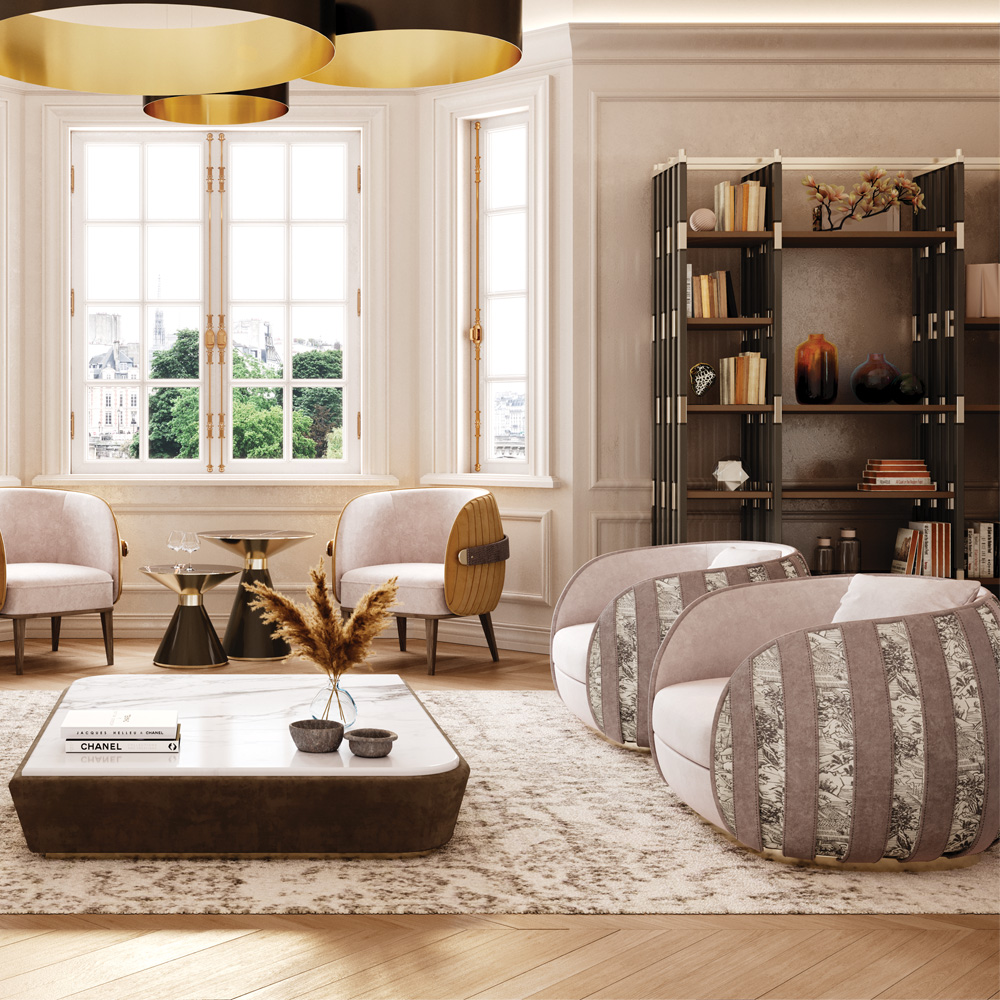

Diverse Needs of a Modern Home
In a modern multigenerational household, the living room serves as a versatile space that caters to a wide range of activities for different age groups. Considering all of your diverse functional needs for your room will help you understand the types of additional seating you may need. Such as:
- Family gatherings: The living room acts as a central hub where families can come together for conversations, games, and shared activities, strengthening family bonds.
- Relaxation and entertainment: It provides space for individuals to relax and enjoy various forms of entertainment like watching TV, reading, or listening to music. For older generations, it may be a place for peaceful reflection, while younger members might use it for socialising or gaming.
- Flexible space for activities: The space must be adaptable accommodating various activities, from children’s playtime to a quiet space for studying or for answering work emails.
- Hosting guests: Most households will host friends and extended family of all ages. The living room needs to be a welcoming space to entertain guests, with ample and appropriate seating arrangements.
- Zoning for personal spaces: In larger spaces, different zones can be created to cater to individual needs. A reading nook with an armchair, for example, provides a retreat for an older family member, while a corner with floor cushions might be perfect for younger children.
Occasional seating and accent chairs help your living room become a shared space where the diverse needs of different generations are met in harmony.
Maximising Comfort and Functionality
A large luxury sofa may serve as the centrepiece of your room, but it’s the accent chairs and other occasional seating pieces that provide individual spaces for relaxation, reading, or quiet contemplation. Imagine sinking into a plush, elegantly upholstered armchair with your morning coffee, or curling up with a good book on a stylish chaise longue positioned by a window. These moments of solitude are where the occasional chair truly shines, offering personal retreats within your larger living space.
Additionally, these versatile pieces of furniture can create specific zones within your living room, especially in open-plan spaces or broken-plan designs. You might place a couple of armchairs and a floor lamp in one corner, transforming it into a reading nook, while a chaise longue could define a more formal sitting area for conversations or afternoon tea. The strategic use of these pieces helps to divide the space without overwhelming it, giving your room both structure and flow.
Types of Accent and Occasional Seating:
Occasional Chairs
As the name suggests, an occasional chair is quite simply exactly that. A chair designed for occasional use, rather than being the primary seating. Its purpose is to complement your overall interior design, with its shape, size, and finish tying together the room’s aesthetics. Whether you choose the sleek lines of a modern high-back tub chair, the timeless elegance of a mid-century armchair, or the intricate charm of a Venetian-style chair, an occasional chair should be the perfect accent that makes your room feel complete.
Chaise Longues
A chaise longue is the epitome of luxurious relaxation, this elegant piece of furniture, often associated with classic French interiors, provides an opulent lounging area that can elevate any room. Its elongated shape allows you to stretch out in comfort, making it perfect for reading, relaxing, or simply taking in the ambience of your space. Whether upholstered in rich velvet or sleek leather, a chaise longue offers both style and substance, serving as a sophisticated accent piece, after all, nothing says luxury quite like a chaise lounge.
Pouffes and footstalls
Pouffes are often used as an accent seating option and are a versatile addition to any living space. Unlike footstools, which are primarily designed for resting your feet, a pouffe serves multiple purposes—it can be an extra seat, a footrest, or even a small table.
Ottomans
An ottoman, much like a pouffe, is a versatile piece of accent furniture but typically comes with a sturdier structure and a flat surface, often designed for more practical use. While a pouffe is soft, cushion-like, and perhaps more flexible due to its often smaller size, an ottoman tends to have a firm base and may include storage space beneath the cushioned top. Ottomans are perfect multi-taskers, acting as extra seating, storage, and even as a coffee table providing both comfort and function.
Armchairs
An armchair is arguably a key player in luxury living room design, whether it’s incorporated as accent seating or an integral part of the room’s layout. When used as an occasional chair, positioned separately from the main seating area, it creates different functional areas within a room, perhaps relaxing close to the fireplace, or a space to gaze out the window with a morning coffee.
Stylish Accents with Practical Purposes
Accent chairs and occasional seating don’t just provide extra seats—they bring personality and style into your living room. Choose pieces that complement the design theme of your home while still offering comfort. A chic accent chair in a bold colour or a unique pattern can serve as a focal point, drawing the eye and adding character. You can go for a statement piece, a one-off with the wow factor, to showcase your personality.
They can function as footrests, extra seats, and even hidden storage to keep clutter at bay, leaning into the beautility trend we’re seeing for 2025 of functional and beautiful furniture. Consider using rich fabrics like leather or velvet for a touch of indulgence that ties the room together.
Enhancing Versatility with Movable Pieces
One of the great advantages of occasional seating is its versatility. Unlike large, fixed furniture, accent chairs and smaller seating options can easily be moved around to suit different needs. Whether you’re hosting an intimate gathering or a lively party, having movable seating allows you to accommodate more guests without compromising comfort or style. Additionally, these flexible pieces make it easy to refresh the layout of your room whenever you want to switch things up, keeping your space dynamic and interesting.
Creating a Luxurious Atmosphere with Zoning
Zoning is a technique that helps create different areas within a single room, enhancing both its practicality and visual appeal. You can use occasional seating to establish zones for specific activities, for instance, placing an accent chair next to a side table and a floor lamp in one corner creates a cosy spot for reading. Positioning a pair of matching armchairs opposite the sofa encourages conversation. By carefully arranging supplementary seating, you can make your living room more inviting and functional, without overwhelming the space.
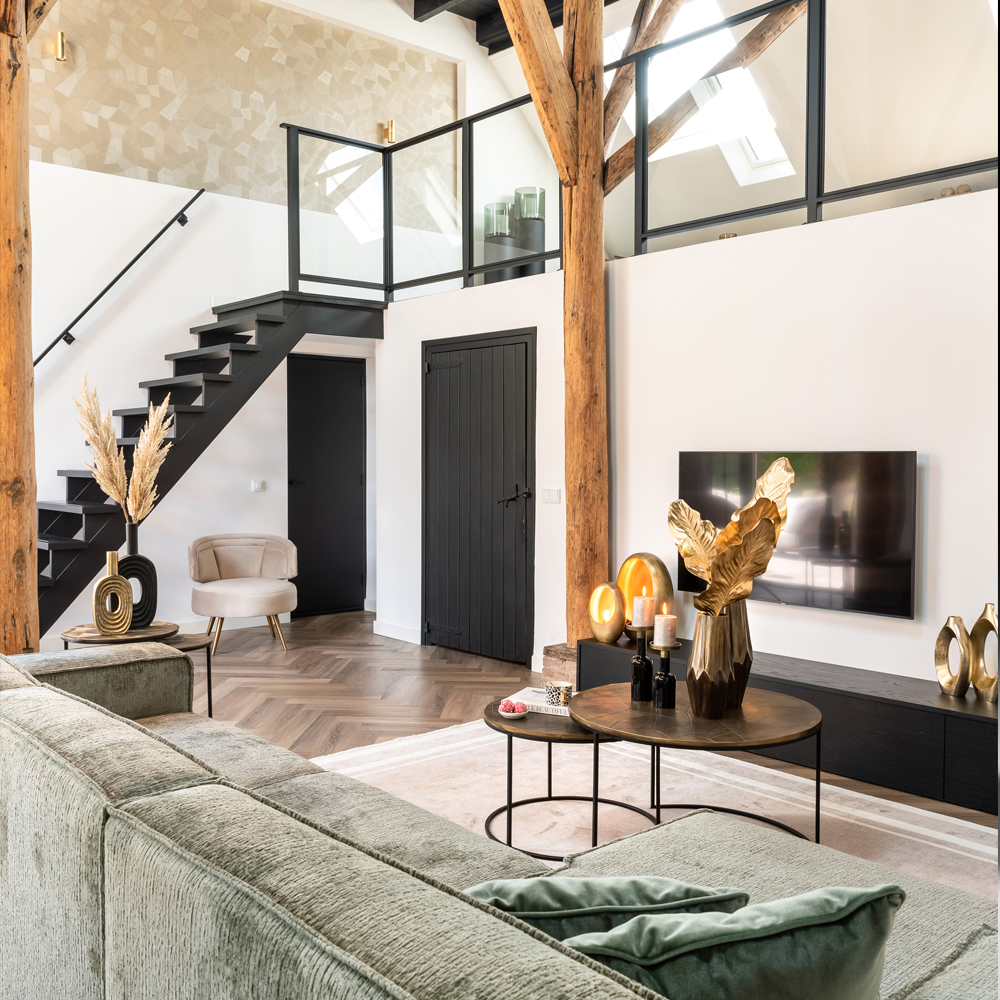

10 Interior Design Tips for Mastering the Art of Occasional Seating
- Assess your space and needs
- Measure your room: Measure your room to understand the available space. This will help you select appropriately sized pieces that won’t overcrowd the area.
- Determine functionality: Consider how you use your room. Do you entertain often, need a quiet reading nook, or require flexible seating for family activities?
- Consider traffic flow
- Ensure easy movement: Consider your arrangement of furniture so that there are clear pathways for movement.
- Spacing: Leave sufficient space between furniture pieces to create an open and inviting atmosphere.
- Balance style and comfort
- Comfort is key: While style is important, ensure that the auxiliary seating is still comfortable.
- Create zones with seating
- Define areas: Use accent seating to create distinct zones within your room.
- Mix and match styles
- Add visual interest: Don’t be afraid to mix different styles, textures, and colours. An eclectic mix can add depth and character to your space.
- Unify with common elements: You can tie pieces together with a common colour palette or material to maintain cohesion.
- Choose the right scale and proportion
- Size appropriately: Select seating that is proportionate to the size of your room and other furniture. Oversized pieces can overwhelm a small space, while too-small items may look out of place in a large room.
- Incorporate versatile pieces
- Flexible seating options: Opt for movable pieces like lightweight chairs or stools that can be easily repositioned for different occasions.
- Multi-functional furniture: Consider ottomans or pouffes that can act as extra seating, storage or somewhere to put your feet up.
- Use accent seating as focal points
- Bold colours and patterns: Choose accent chairs with vibrant colours or patterns to draw the eye and create a statement.
- Unique designs: Look for pieces with interesting shapes or materials that stand out, such as a sculptural chaise longue or a vintage armchair. Or why not go bespoke and create something uniquely yours?
- Consider symmetry and balance
- Pairing chairs: Placing two matching accent chairs opposite a sofa can create a balanced and formal arrangement.
- Asymmetrical arrangements: For a more casual feel, mix different styles of seating while maintaining visual harmony through colour or material.
- Lighting enhancements
- Highlight seating areas: Use floor lamps or table lamps to illuminate and emphasise your occasional seating, making these areas inviting during evening hours.
- Natural light: Position seating near windows to take advantage of natural light, enhancing the ambience and functionality and allowing you to make the most of the morning sun or appreciate the evening sunset.
The right occasional seating will complement your existing furniture, enhance the overall aesthetic, and ensure that every corner of your living room feels considered and inviting. From morning rituals to evening relaxation, bring both style and substance to the heart of your home.
Experts in Luxury Furniture and Interior Design
At Juliettes Interiors, we’re here to guide you every step of the way, whether you’re looking for that perfect individual piece of high-end furniture or you’re looking for interior design expertise for your entire home. Let us help you turn your vision into reality with our expert advice and bespoke luxury solutions. Visit the London Showroom, book a consultation or give us a call, we’d be delighted to help you.
